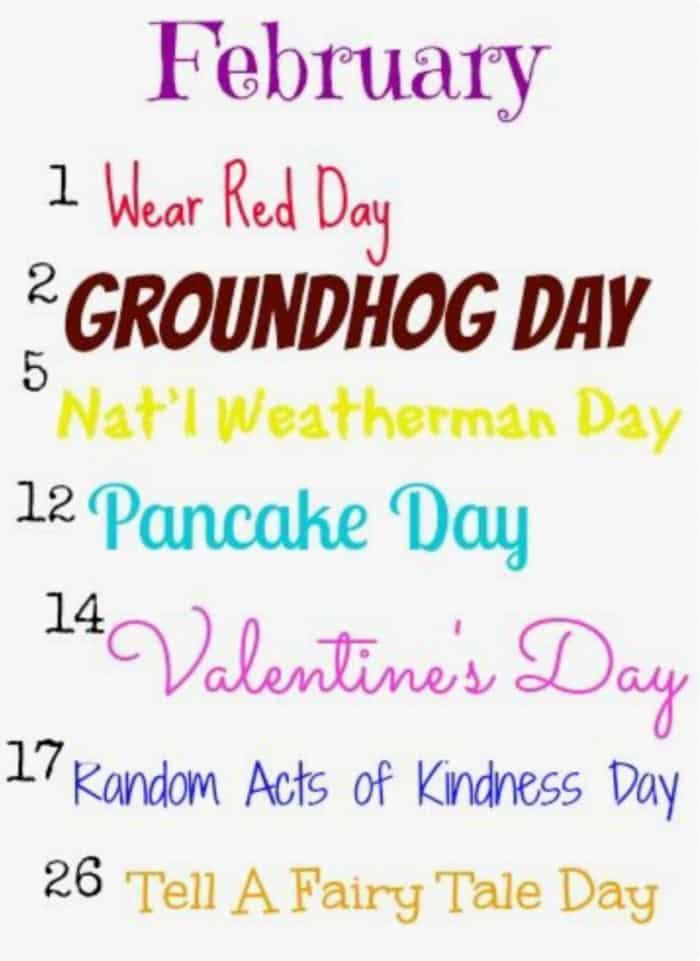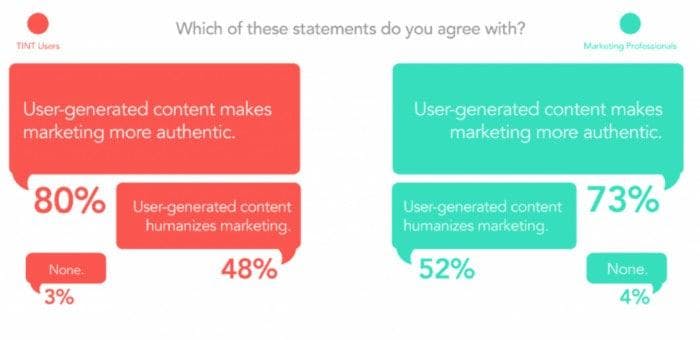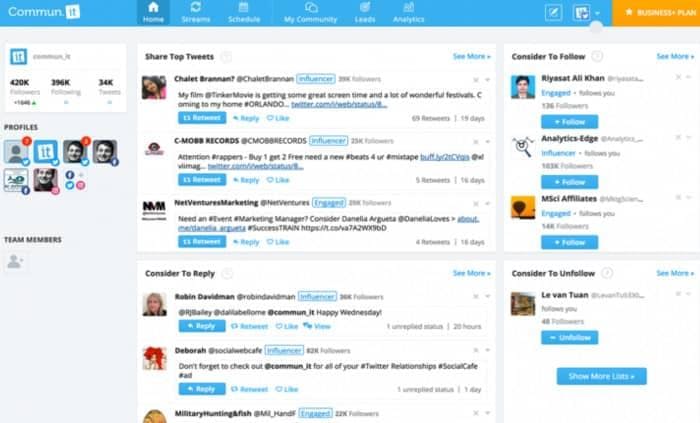Content marketing has evolved. Not long ago, companies got ahead creating as much content as possible. It was a "who can pump out content faster" game.
Then algorithms, audience appetite, and content marketing as a whole began to change. Today, if you want to win attention and traffic, you need to get strategic. That's where a content marketing plan gives you the edge.
It allows you to gauge, control, and iterate upon what's working, and do away with what’s not. In this episode of the Brand Authority Podcast, learn how to create a content strategy in 6 easy steps.
Subscribe to Brand Authority Podcast on iTunes
Highlights from episode 24
1. Define your objectives
When was the last time you took a trip without looking at your itinerary? My guess is... never. It's difficult to get from where you are to where you want to be if you don't know where you're going. The same holds true for your content marketing strategy. Before you get started, identify goals and objectives.
- What do you want to achieve?
- What do you want to gain?
- Where will content marketing take your company in the coming months?
Knowing what you want to achieve gives you the ability to set specific, achievable goals. For example, let's say you want to raise awareness around your brand. Instead of stating the obvious (I want to be known), this step lets you outline exactly what you want to achieve.
Here's a few questions you can answer to clarify how you'll increase brand awareness.
- What do you want to be known for?
- What does success look like?
- What will you have achieved through brand awareness?
- What impact will this have on your audience and your business?
The key is to claim what I call your "I gotta's." They're the non-negotiables that drive your content strategy. Here's what that might look like for you. I gotta:
- Attract 100 new leads every month
- Create 5 new pieces of solution-based content every month
- Turn 10 leads into new customers every month
Not only does this define what absolutely has to happen, but also what you must achieve to arrive at success.
2. Do your research
The company that controls the sale using content marketing isn't the person pumping out content for the sake of it. It's the company that's actively listening, producing real-world answers, and solving customers' biggest pain points.
To move people from conversation to conversion, make research your biggest competitive advantage. Learn what makes your audience tick, how they interact with your competitors, and what content they're already consuming.
To learn what potential leads and customers are looking for, head over to Facebook Audience Insights, Buzzsumo, SEMRush and Social Bakers.
You’re researching:
- What type of offers, sales, products, and services your competition is sharing? (what’s their top trafficked content)
- What their interaction or engagement level is / what’s working and what’s not?
- What’s their style? (long vs. short-form content, well documented vs. hypothetical or theoretical)
3. Brainstorm resources
Think about what content you've already created and what you still need to create. Then consider the events (monthly and annual) that are important to your company and customer.
Here are some things to consider:
Important dates
Brainstorm important dates and events to add to your calendar. (We'll talk more about how to put this together below)
This can be:
- Birthdays
- Events
- Holidays
- Company-related dates and anniversaries
- Fun holidays

Each one will create an emotional appeal, share a human side of your company, and help build a community.
Evergreen content
What top-performing content have you created over the years that continue to perform well? This may be blog posts, training guides, case studies, interviews, ebooks, etc.
Find content that was relevant before and is still relevant today.
Upcoming events
Think of anything happening over the next few months that you'll need to stay on top of and create content for. This can be:
- A product launch
- Upcoming promotion
- New campaign
- Announcements within your company
User-generated content
Your customers are talking about you. Shouldn't you pay attention, show up, and engage with that content? You can also share that content to build community rapport and awareness around your product.
User-generated content allows you to do that while using word of mouth and testimonials from a third party. Keep an ear out for what your customers are saying about you. The positive feedback acts as a credibility booster and helps to build authority within your space.

4. Create a daily posting schedule
The days of pushing out more content to more people are over. Today it's about creating relationships by sharing the right content, at the right time and with the right people in a permission-based environment.
To begin the creation of your daily posting schedule, begin by looking at your analytics. What content is performing best, and at what time? While there's plenty of posts telling you the "best time to post on social media," they're all generalizations.
Your best time to post is when your audience is online and engaged and the best type of content to create is the content your audience enthusiastically connects with, shares, and promotes.
5. Outline a weekly content calendar
Once you decide on your daily posting schedule, it's time to get that content into a calendar. There are 2 ways to build a social media calendar. One is with a spreadsheet (Excel or Google Sheets will work), and the other is with an app like CoSchedule. I prefer an app that allows me to see everything at a glance and ensure everything has a place (and is in its place!)
With it you can:
- Save time by planning ahead.
- Maintain a consistent flow of content across each platform.
- Ensure messages are appropriately timed throughout each day.
- Make content creation and management more collaborative.
6. Identify Processes, Systems, and Tools
There are dozens of tools that can help you earn back in your day. Here are a few of my favorites:
- Be Focused - will help you manage your tasks, track tour progress, your goals, and more.
- Commun.it - great for listening, sharing, and responding to mentions of your brand.
- Drop.lr - allows you to easily screenshot and create an instructional video.

Last piece: track results and deadlines
Deadlines become milestones that let you track, measure, and analyze your progress. Make sure to add each objective and key result to your calendar on a daily, weekly, and monthly basis.
Do the same for everything you've brainstormed. That way, you're always staying focused and aligned with company goals.
Final thoughts
Content marketing is so much more than just publishing engaging content your audience will love. The key is to create a content strategy into a plan that's sustainable and supports your business.
Subscribe to the Brand Authority podcast
People, brands and resources mentioned:
Social Media Calendar Template
How to Fill Up Your Social Media Calendar
Want to View on YouTube Instead?
About Rebekah Radice
Rebekah Radice, co-founder of BRIL.LA, has traded narcissism for purpose. When not driving growth, you'll find her tricking family into thinking she's Emeril Lagasse - likely covered in marinara. The spotlight was fun, but impact is better. These days she's using 20+ years of brand brilliance for good.
